4 Condo Layouts And Features Buyers Are Moving Away From in 2025
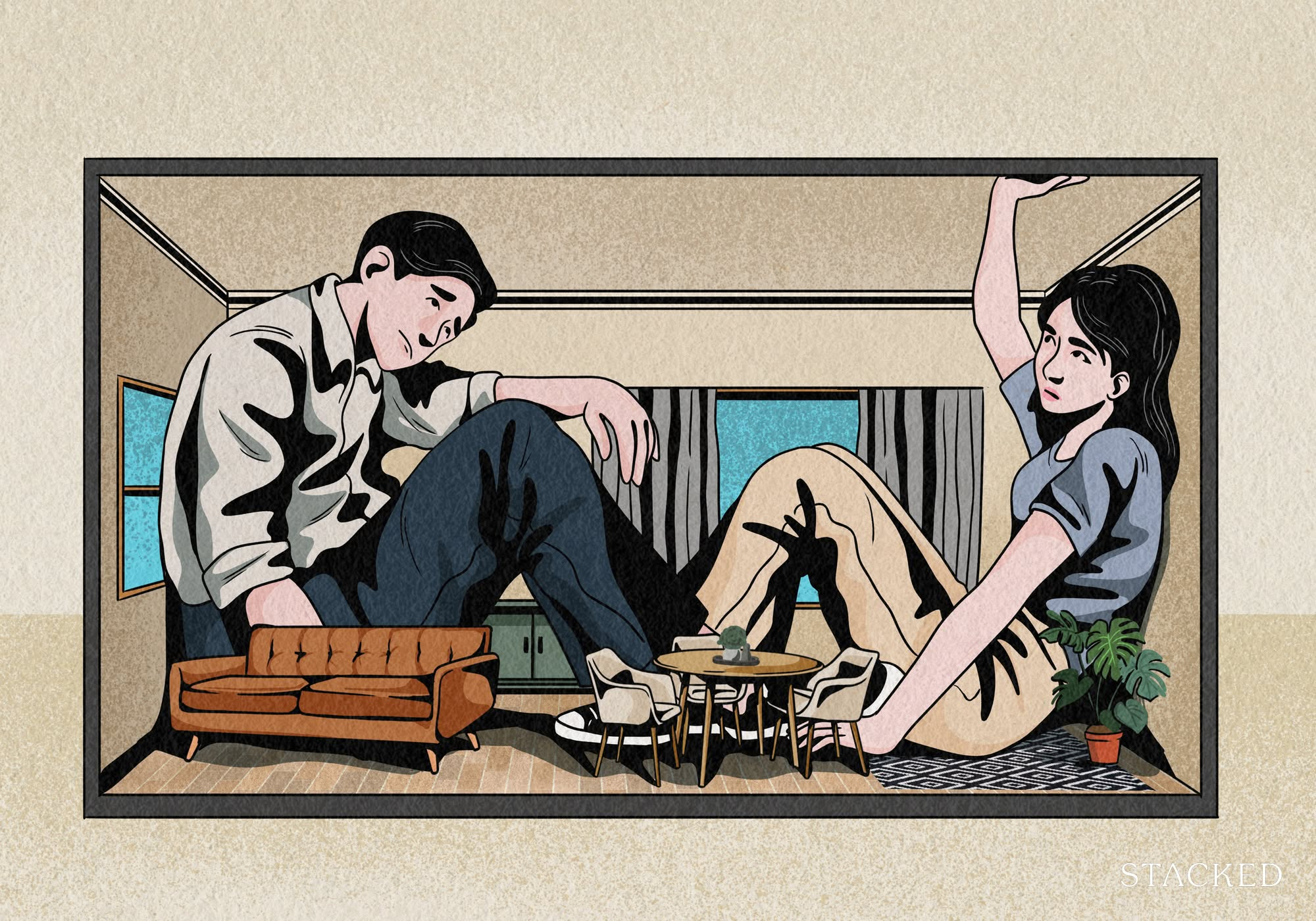
Get The Property Insights Serious Buyers Read First: Join 50,000+ readers who rely on our weekly breakdowns of Singapore’s property market.
A seasoned content strategist with over 17 years in the real estate and financial journalism sectors, Ryan has built a reputation for transforming complex industry jargon into accessible knowledge. With a track record of writing and editing for leading financial platforms and publications, Ryan's expertise has been recognised across various media outlets. His role as a former content editor for 99.co and a co-host for CNA 938's Open House programme underscores his commitment to providing valuable insights into the property market.
In all frankness, there are trends in the Singapore property market, and they do sometimes contradict each other. In the words of a seasoned architect I spoke to earlier this year: “Every new trend is a reaction to the last one.” Balconies that were once considered luxuries are increasingly regarded as inefficient; open kitchens that were the rage are now seeing less favour than enclosed ones. I do think it drives developers a little crazy sometimes; it runs the risk of designing with features that have been popular up to a point, but then become off-putting at the actual launch. Here are some of the things we’ve noticed buyers dislike today:
1. Dual-key layouts
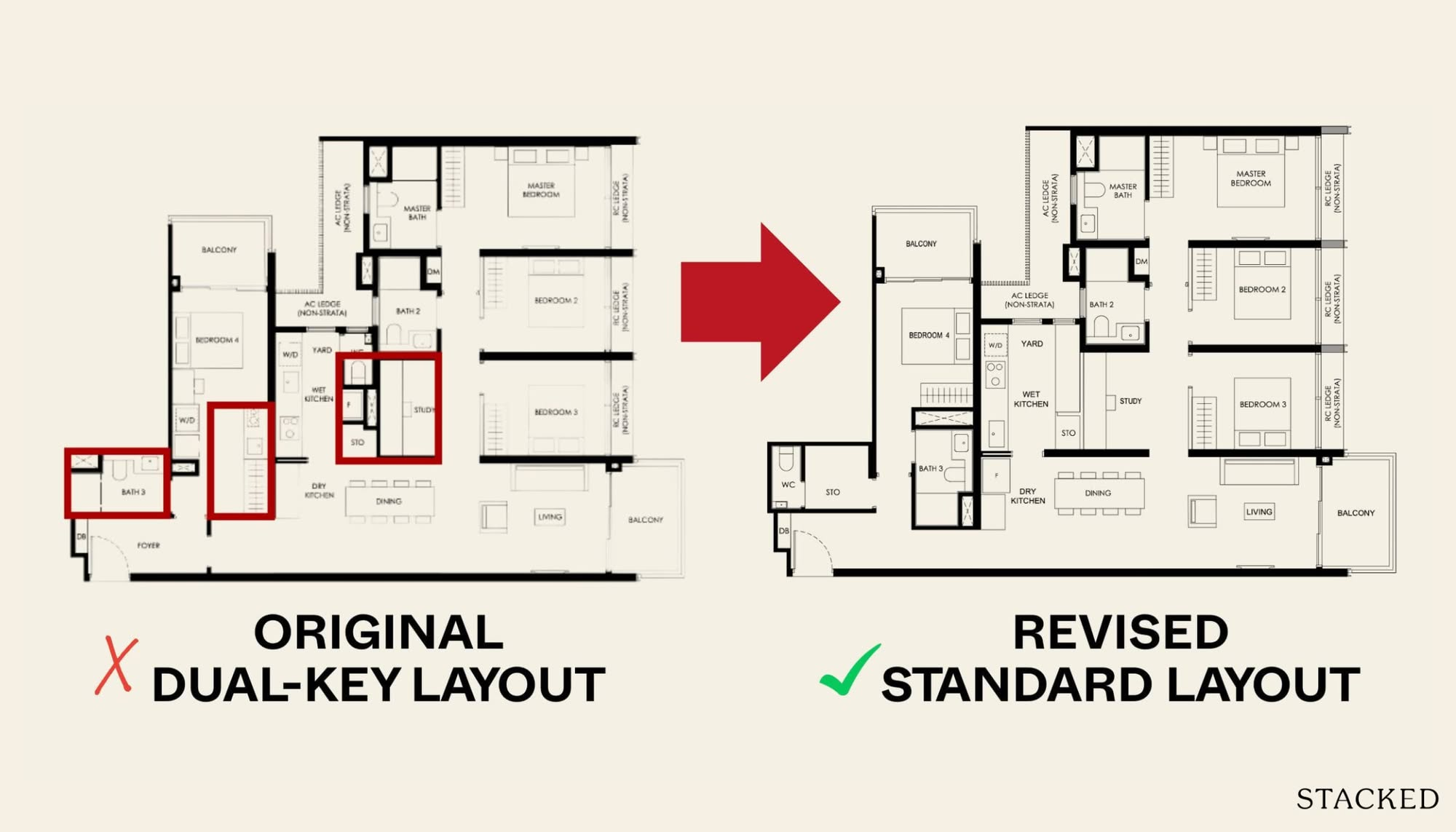
In theory, dual-key layouts should make sense in 2025. They count as one home but are subdivided into two: that means you can “own” two units, but only pay ABSD like you bought one. They also allow for intergenerational living or rental, while maintaining privacy; both solid traits in a time when private home prices are high.
However, dual-key units in some recent new launches haven’t been selling well. At the time I’m writing this, for instance, Nava Grove has just transformed its dual-key four-bedders into standard four-bedders. This was after none of its 23 dual-key four-bedders sold, despite some 80 per cent of the overall units having already moved.
We also saw this at The Orie, where only about half of the 39 three-bedder dual-key units have sold. The Orie’s standard three-bedders though? Sold out already. At Grand Dunman, initial sales for the two-bedroom dual-key units were promising (22 out of 34 sold). But once the launch-day excitement wore off, these units started dragging their feet. Roughly one to three dual-key units moved every quarter after that. And the three-bedroom dual-key types? Only five sold out of 36; even as standard three-bedders reached 90 per cent take-up.
One of the reasons is how forcibly dual-key concepts have been squeezed in.
From word on the ground, realtors have expressed concerns that recent dual-key layouts are almost just a “sealed off, separate room” rather than a “full” dual-key unit. Many don’t even have separate kitchenettes, for example, but rather just a tiny pantry area. A common remark among showflat viewers is that they wouldn’t feel comfortable telling their parents/children to squeeze into this sub-unit, which is just too small.
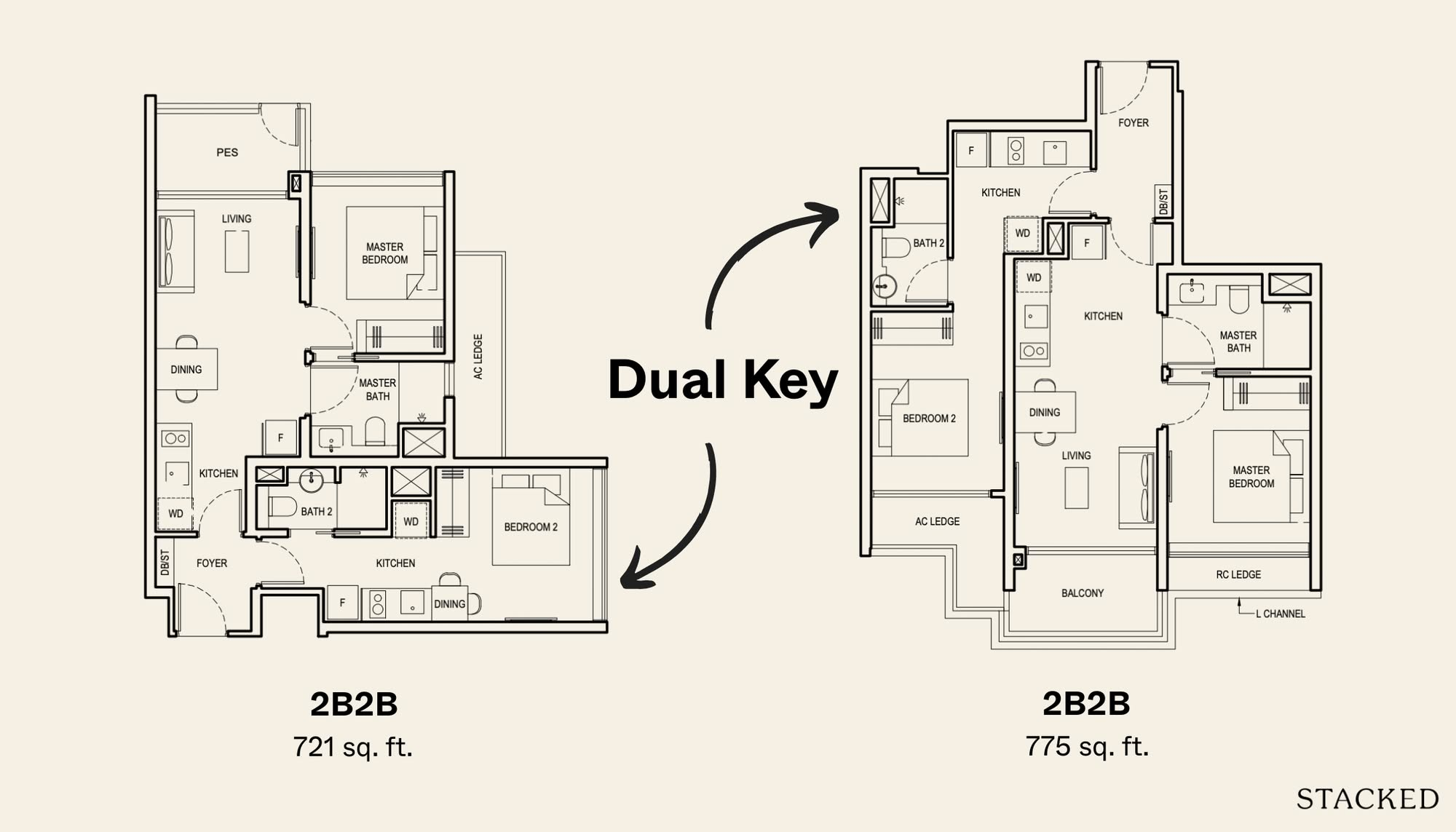
One of the examples pointed out to us was the two-bedder dual-key units at Grand Dunman. It is quite surprising that a developer would try a dual-key format for a unit that’s already so small (721 – 775 sq ft), and it results in the dining area having to be merged with the kitchen in the main unit.
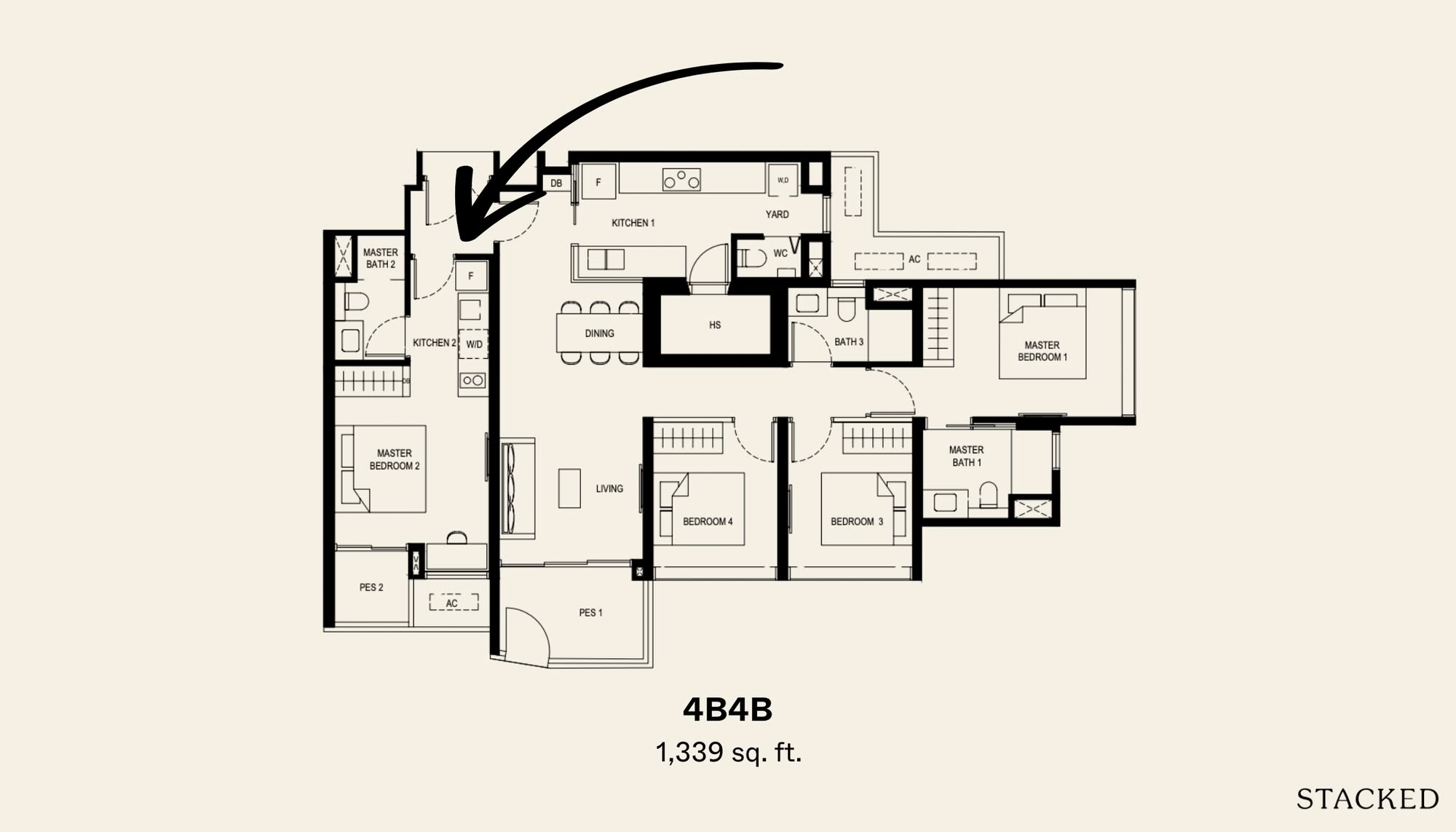
Even larger dual-key formats aren’t immune. At Lentor Hills Residences, the 1,399 sq ft four-bedder should be sizeable enough for a sub-unit, but the kitchenette is really more of a pantry, and the outdoor patio shares space with an air-con ledge.
As an aside, dual-key layouts can be tougher to resell, as most regular buyers have better use for a bigger living room, bedroom, etc. than a sub-unit.
2. We seem to be going back to enclosed kitchens as the preference

Once upon a time, open kitchens were all the rage; and back in 2018, HDB even began using them as the standard kitchen layout. Besides looking more spacious, this was believed to be advantageous to parents; an open kitchen lets them monitor children in the living room whilst still working in the kitchen, or vice versa.
But somewhere between the inescapable odours and the film of grease that could go all the way into the living room, the trend started dying out. We’ve noticed that popular units in recent reviews have an enclosed /wet kitchen.
Midtown Modern, for example, has a 474 sq ft one-bedder; and one-bedders are far less popular these days (see below). But Midtown Modern’s one-bedder sold very well, and one impressive trait was that you could enclose the kitchen despite its small size.
In contrast, check out the 2+Study units at One Bernam, which saw slower sales. One criticism of the 872 sq ft was the open kitchen that only ran along one wall, thus losing the option of cabinetry and another countertop on the opposite side. To be clear, there were other problems with this layout, such as a less practical study nook and winding entrance – but the kitchen can be seen as a contributor.
More from Stacked
This $1.5M Bukit Timah Executive HDB Flat With 62-Years Lease Left Just Set A Record: Here’s Why
If you're keeping track of million-dollar HDB transactions, here's one to add to your list: a Bukit Timah executive maisonette…
From word on the ground, realtors have noticed that enclosed kitchens are preferred by the older generation, and hence also by multigenerational buyers. And with more Singaporeans working and eating from home these days, kitchens see heavier use than before. That means having a door you can shut while stir-frying.
3. Non-versatile, PPVC construction with fixed walls
Prefabricated Prefinished Volumetric Construction (PPVC) involves stacking factory-made room modules together to form the unit. The upside is faster, more controlled construction; but it comes at a cost.
For one, unit dimensions are more rigid. Most PPVC condos have a standard module width of around 2.8 meters and a ceiling height of about 2.75 metres, whereas conventionally built projects often had higher ceilings (2.9 – 3.3 metres) and more flexibility in room sizing (see here for full details.)
This leads to more uniform, cookie-cutter layouts. Developers have less freedom to vary floor plans, and buyers are more constrained during renovations. For example, structural walls in PPVC modules cannot be hacked during renovations (they’re load-bearing by design), so you lack options like resizing or merging rooms.
Some developers have already begun to leverage non-PPVC construction as a selling point, as we’ve seen in Canberra Crescent Residences and River Green.
Even if buyers may not know the term PPVC per se, there are definitely more of them who are asking for more versatility these days. For example, HDB uses PPVC construction; but during one of the Kallang-Whampoa BTO launches, they still made an effort to offer open-concept “white flats” to allow for versatility.
4. We’ve seen a complete turnaround of the former shoebox craze
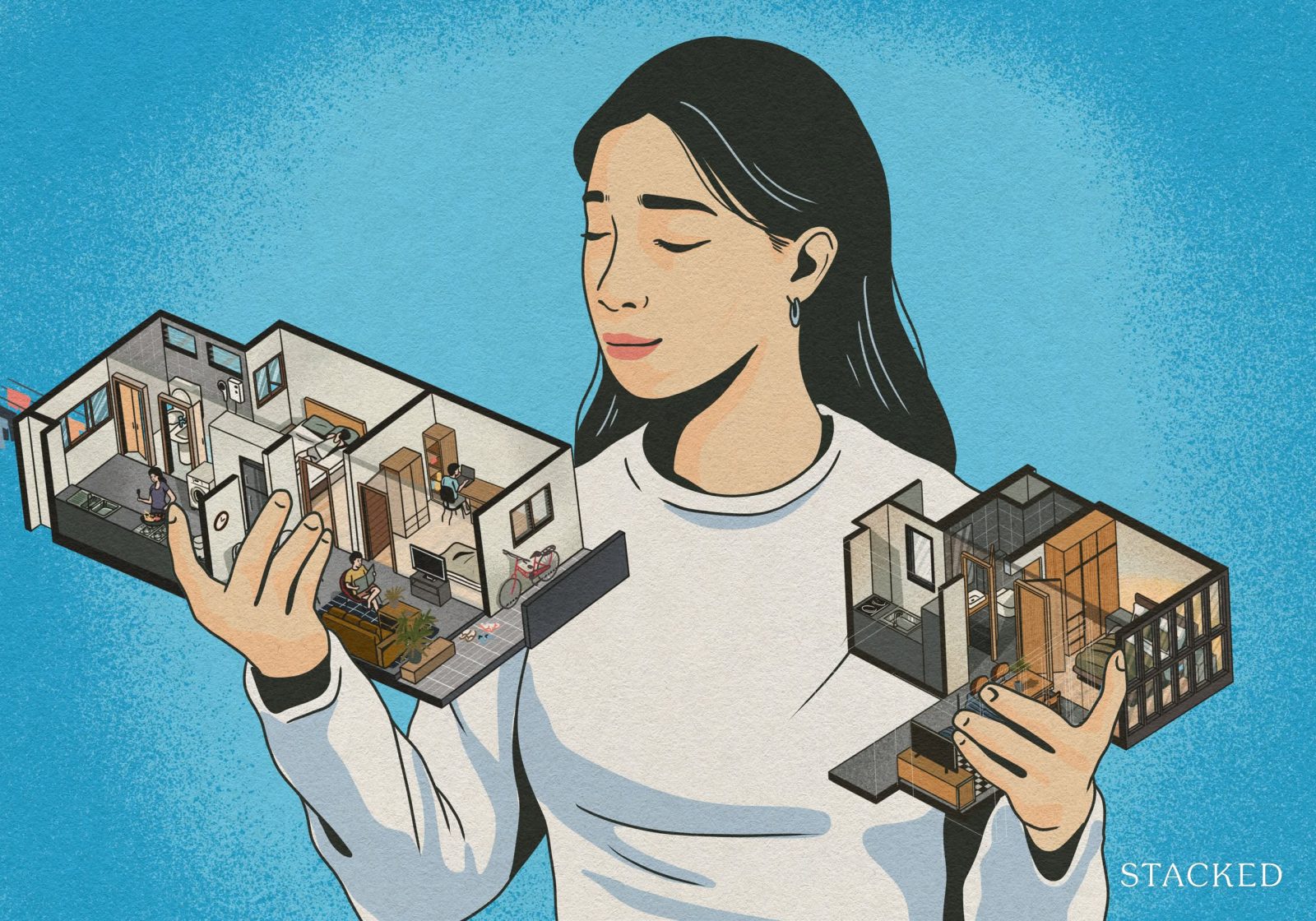
Remember the early 2010s? When everyone was flipping tiny 450 sq ft units for profit or aiming to have rental income? Those days are gone. Buyers have become far more critical of what one-bedroom layouts actually offer.
If there’s one development that tried to reinvent the one-bedder, it’s TMW Maxwell. The project’s highly marketed “Flip/Switch” layout – where your bedroom morphs into a living room with some folding and sliding – did strike us as very innovative. But only about seven of the 324 units were sold during the first launch phase, and nothing’s moved much since then.
To be clear, we still appreciate that the developer tried something different; but perhaps the high number of one-bedders set it on an uphill challenge regardless. At Parksuites, for example, there was a notable presence of one-bedder and one-bedder + study units. Yet only 40 per cent of the regular one‑bedder units were sold by 2024, and just 32.1 per cent of the one-bedder + study units.
Perhaps another sign of this is the recent launch of Canberra Crescent Residences, where the developer only bothered to build three single-bedder units; it was practically just an afterthought.
The reason behind this is quite clear: the majority of condo buyers are HDB upgraders, selling their flats to buy private property. The majority of these HDB upgraders are family units who simply cannot fit into units that are 500 sq ft or below. It doesn’t matter how creative the layout is or how strong the location is.
So What Do Buyers Want in 2025?
When even mass-market condos routinely near or cross the $2 million mark, buyers are more emphatic than ever about how space is used. Every square foot counts, and they’re much less forgiving than before.
It has resulted in a more mature, more discerning market. Buyers notice when a long corridor eats into a usable area. They question how a kitchen can be enclosed, if it isn’t already. And some other elements – such as having a mall downstairs, or having very large balconies, are also starting to be questioned (although for now, there are still a good number of proponents on both sides.)
This might be a challenge in the resale market, too, for sellers who have condos built along older trends and preferences.
For more on the situation as it unfolds, follow us on Stacked. If you’d like to get in touch for a more in-depth consultation, you can do so here.
Ryan J. Ong
A seasoned content strategist with over 17 years in the real estate and financial journalism sectors, Ryan has built a reputation for transforming complex industry jargon into accessible knowledge. With a track record of writing and editing for leading financial platforms and publications, Ryan's expertise has been recognised across various media outlets. His role as a former content editor for 99.co and a co-host for CNA 938's Open House programme underscores his commitment to providing valuable insights into the property market.Read next from Property Market Commentary

Property Market Commentary 7 Close To TOP New Launch Condos In 2026/27 For Those Looking To Move In Quick
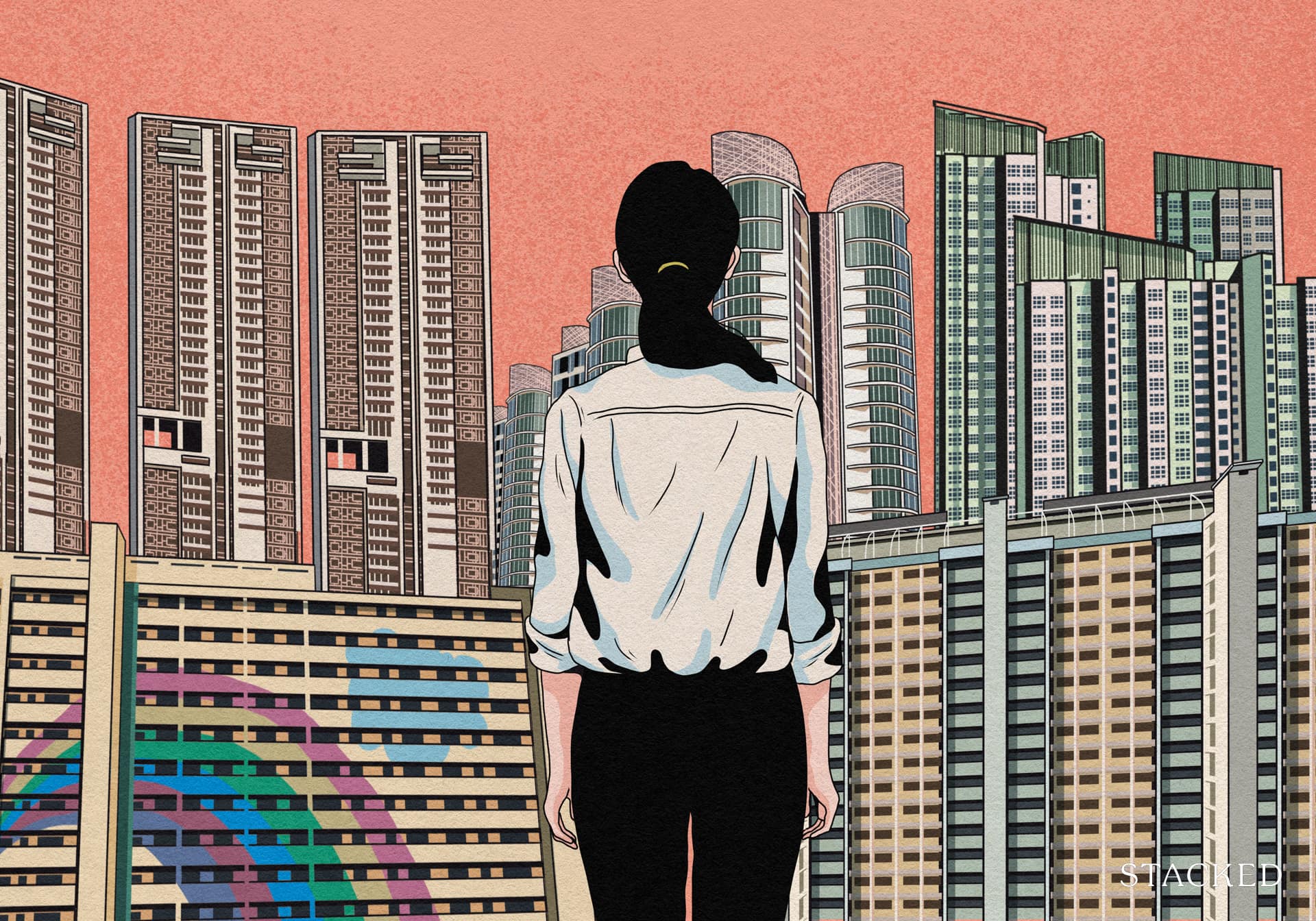
Property Market Commentary Why It’s So Much Harder For Young Singaporeans To Buy A Home Today
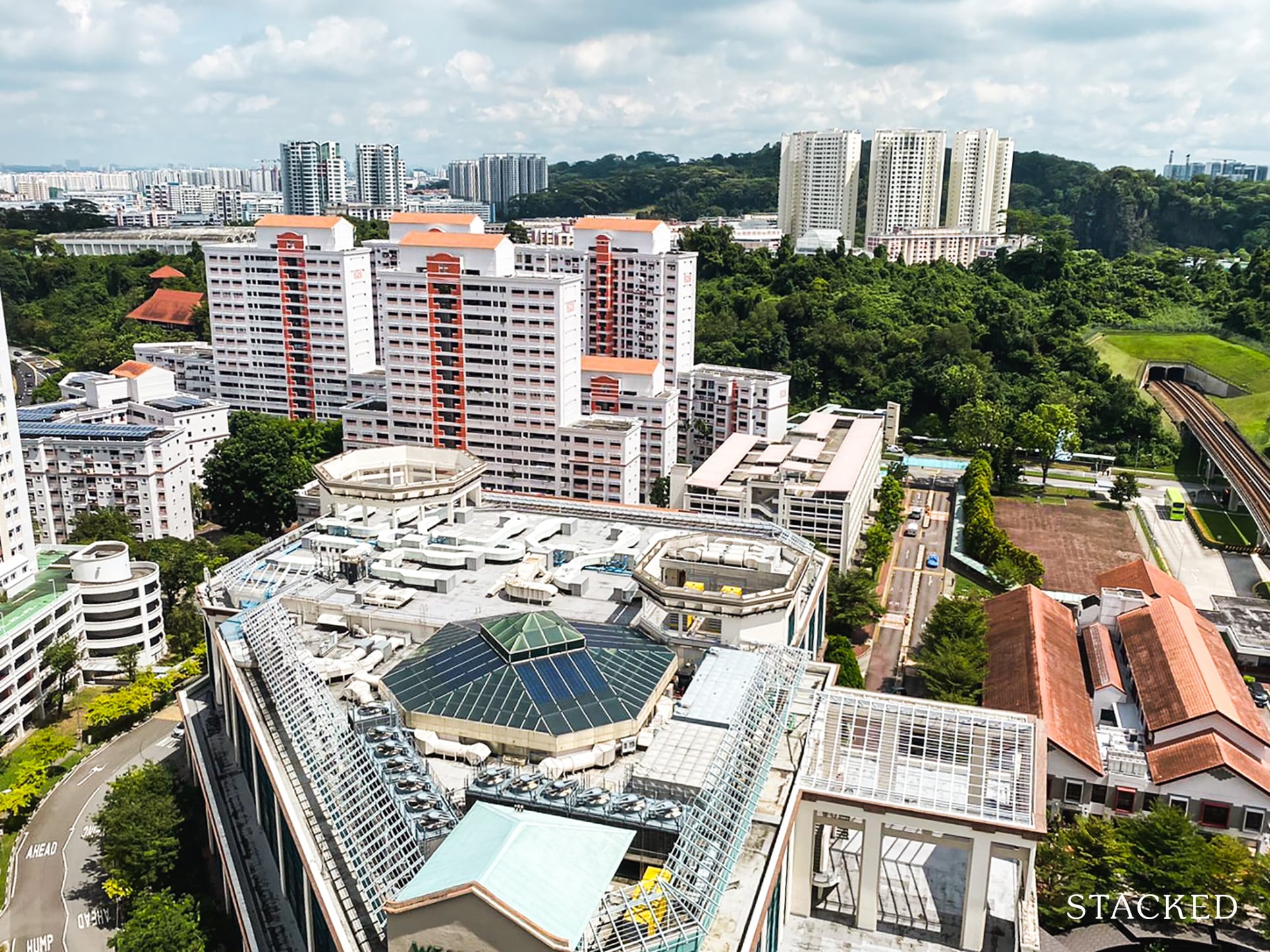
Property Market Commentary Which HDB Towns Sold the Most Flats This Year? The 2025 Rankings Reveal Some Surprises
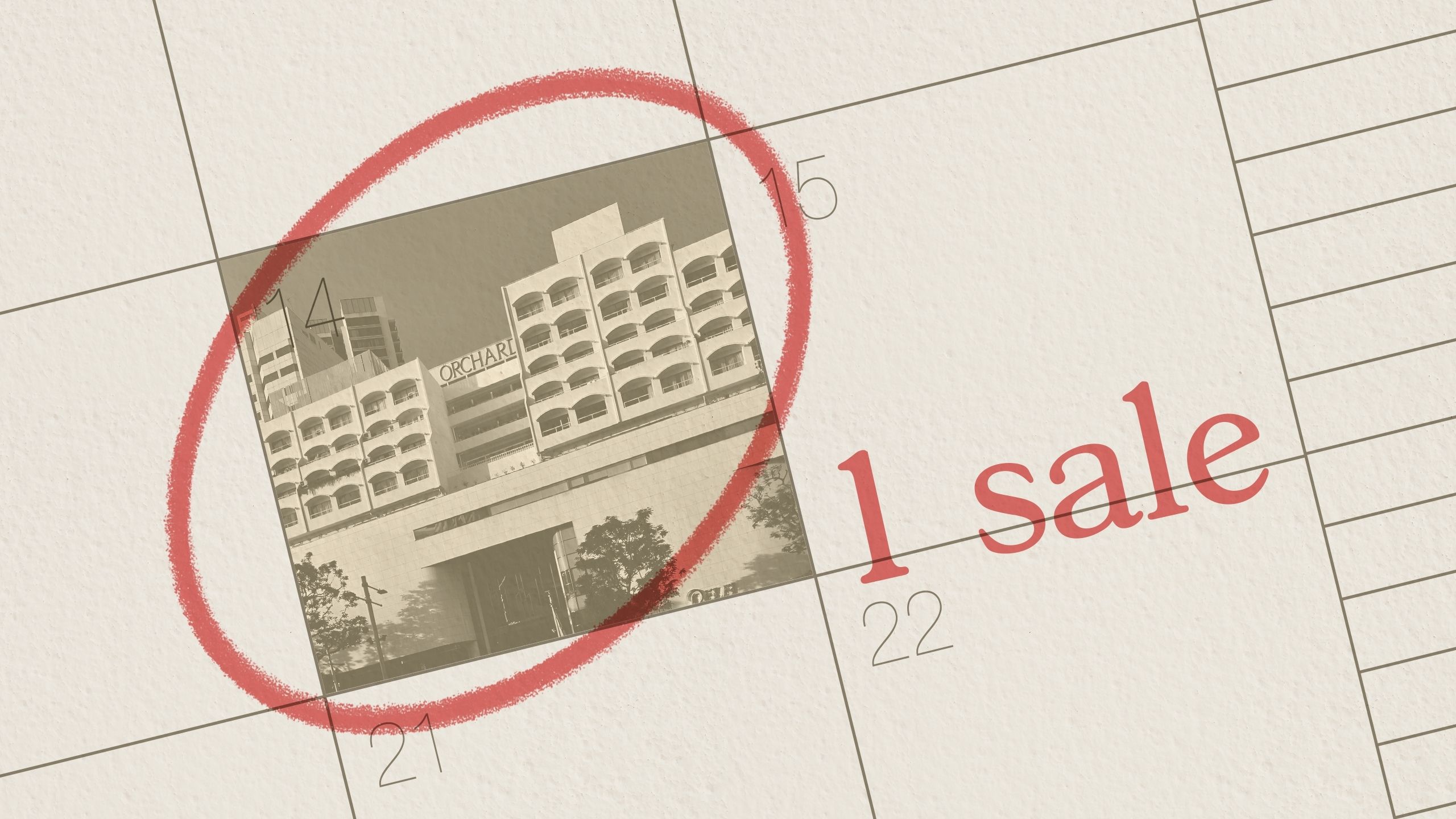
Property Market Commentary The Rare Condos With Almost Zero Sales for 10 Years In Singapore: What Does It Mean for Buyers?
Latest Posts
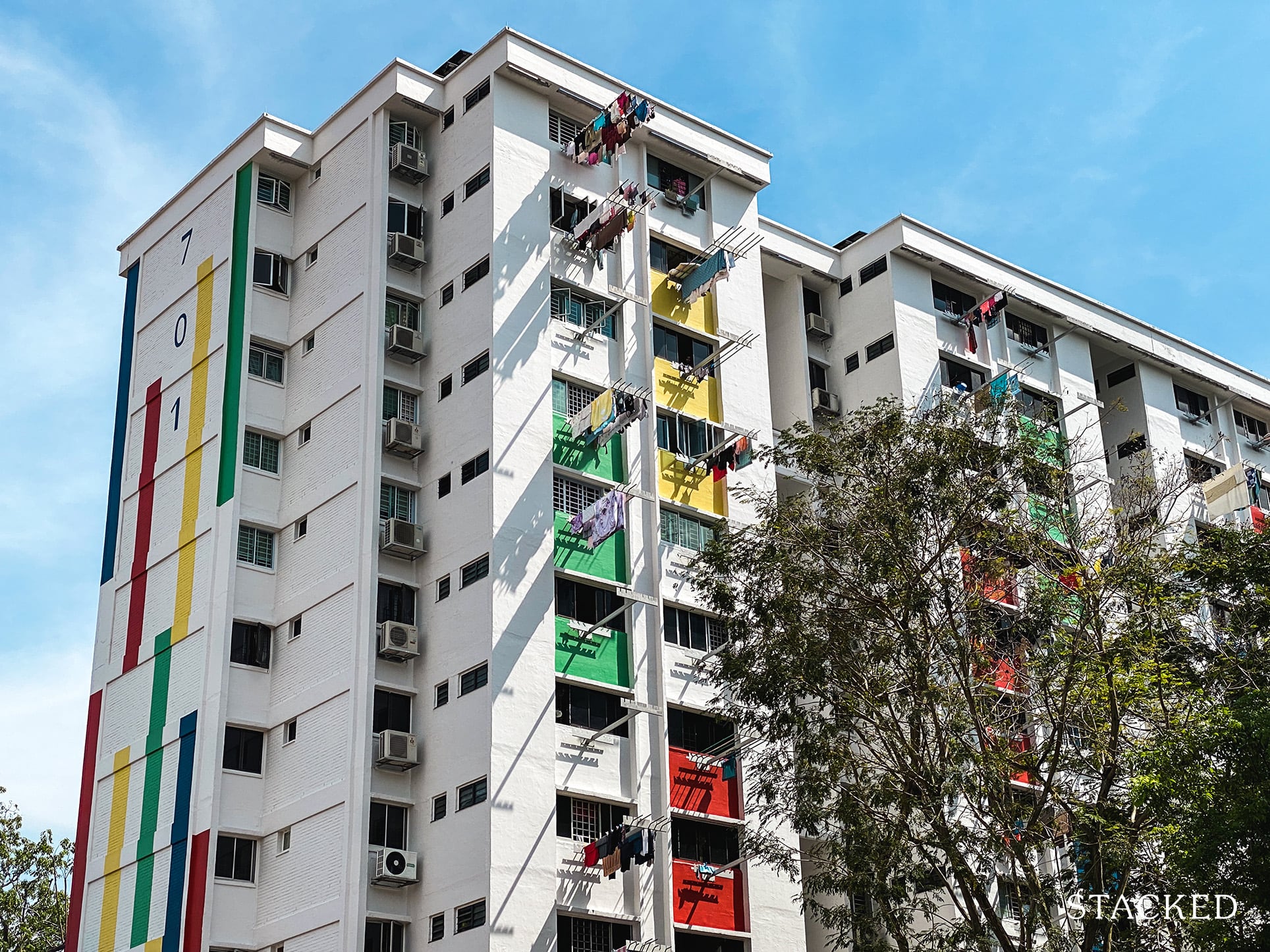
Property Advice I Own A 55-Year-Old HDB Flat, But May Have To Sell — Can I Realistically Buy A Freehold Condo With $700K?
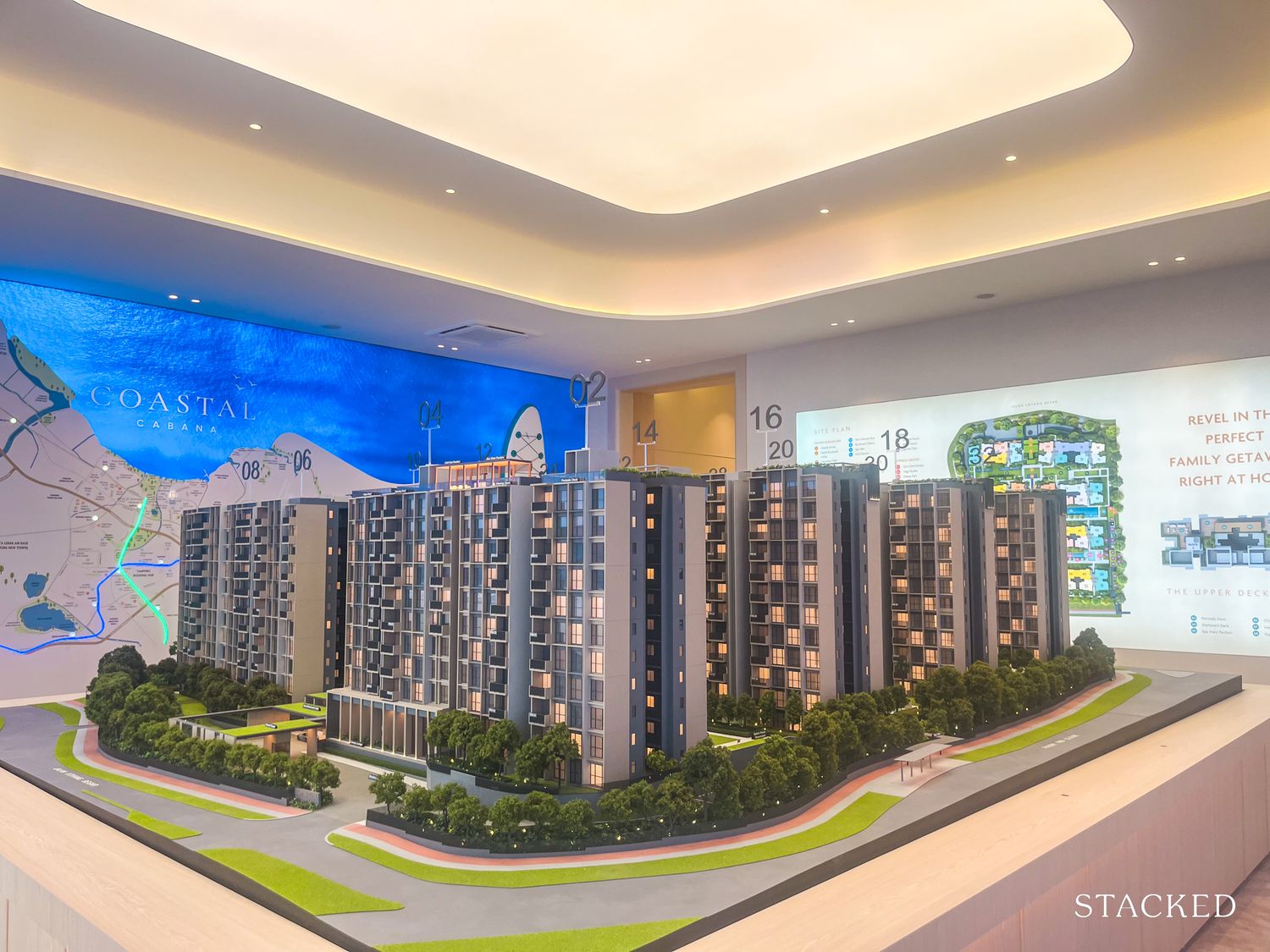
New Launch Condo Reviews Coastal Cabana EC Review: A Unique EC With Sea Views Priced From $1.438M
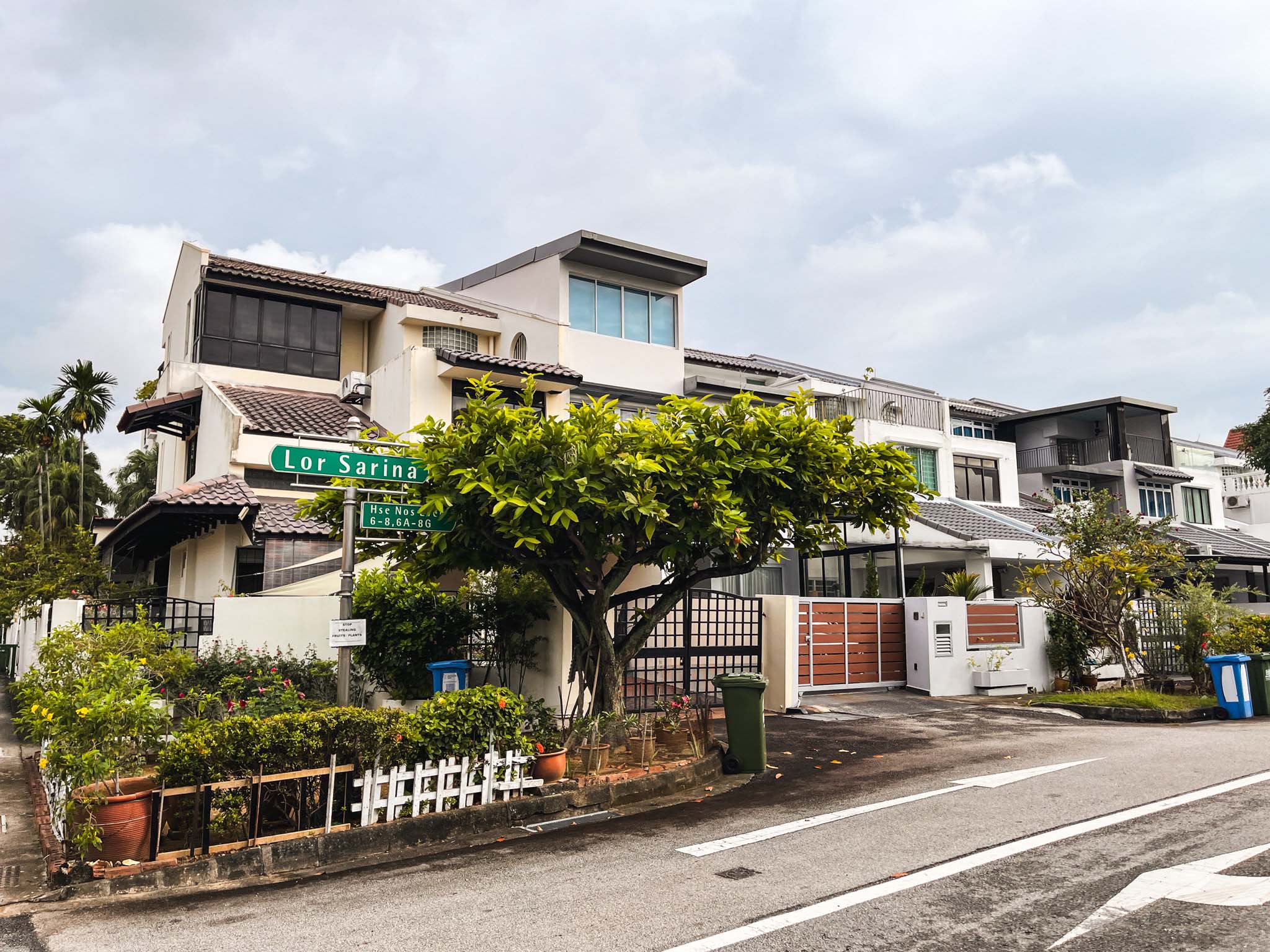
Landed Home Tours We Toured a Freehold Landed Area Buyers Overlook — It’s Cheaper (and Surprisingly Convenient) From $3.2M

Singapore Property News The Hidden Costs of Smaller Homes in Singapore
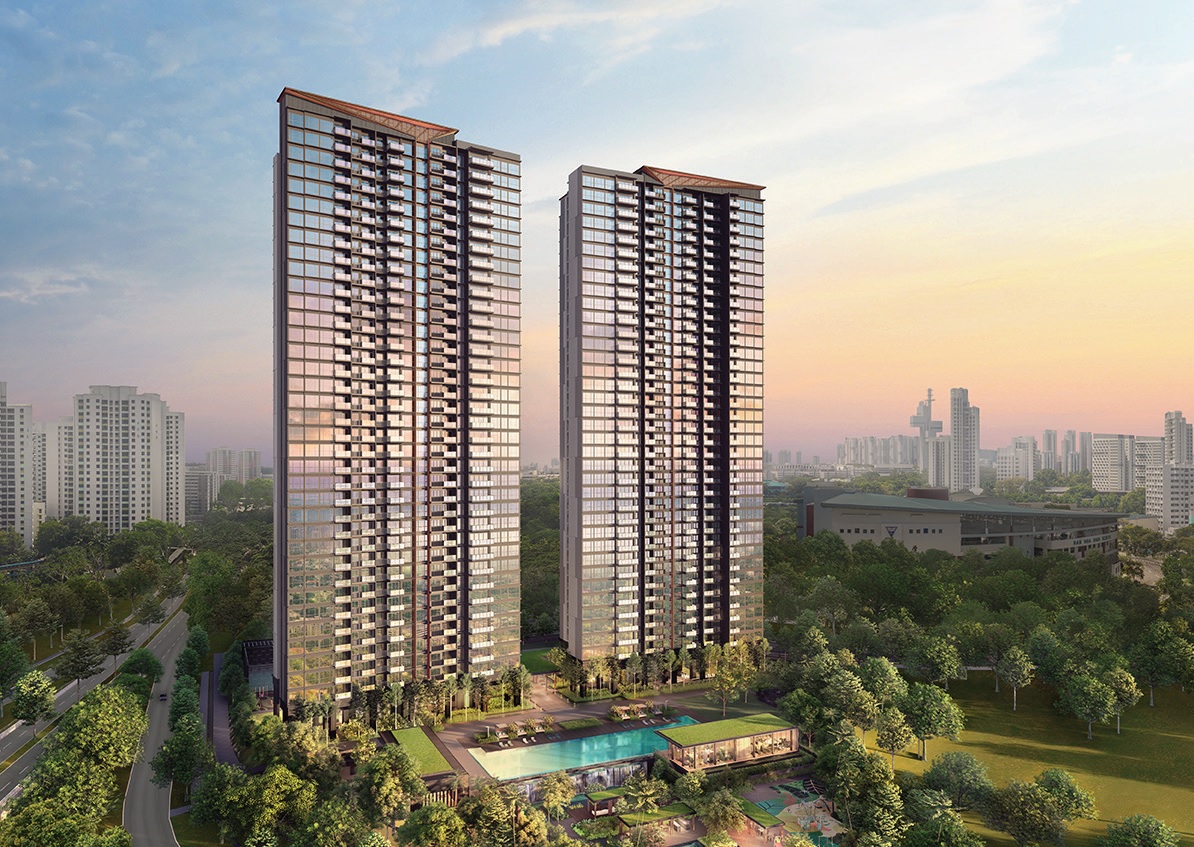
Property Advice We Own A 2-Bedder Condo In Clementi: Should We Decouple To Buy A Resale 3 Bedder Or Sell?
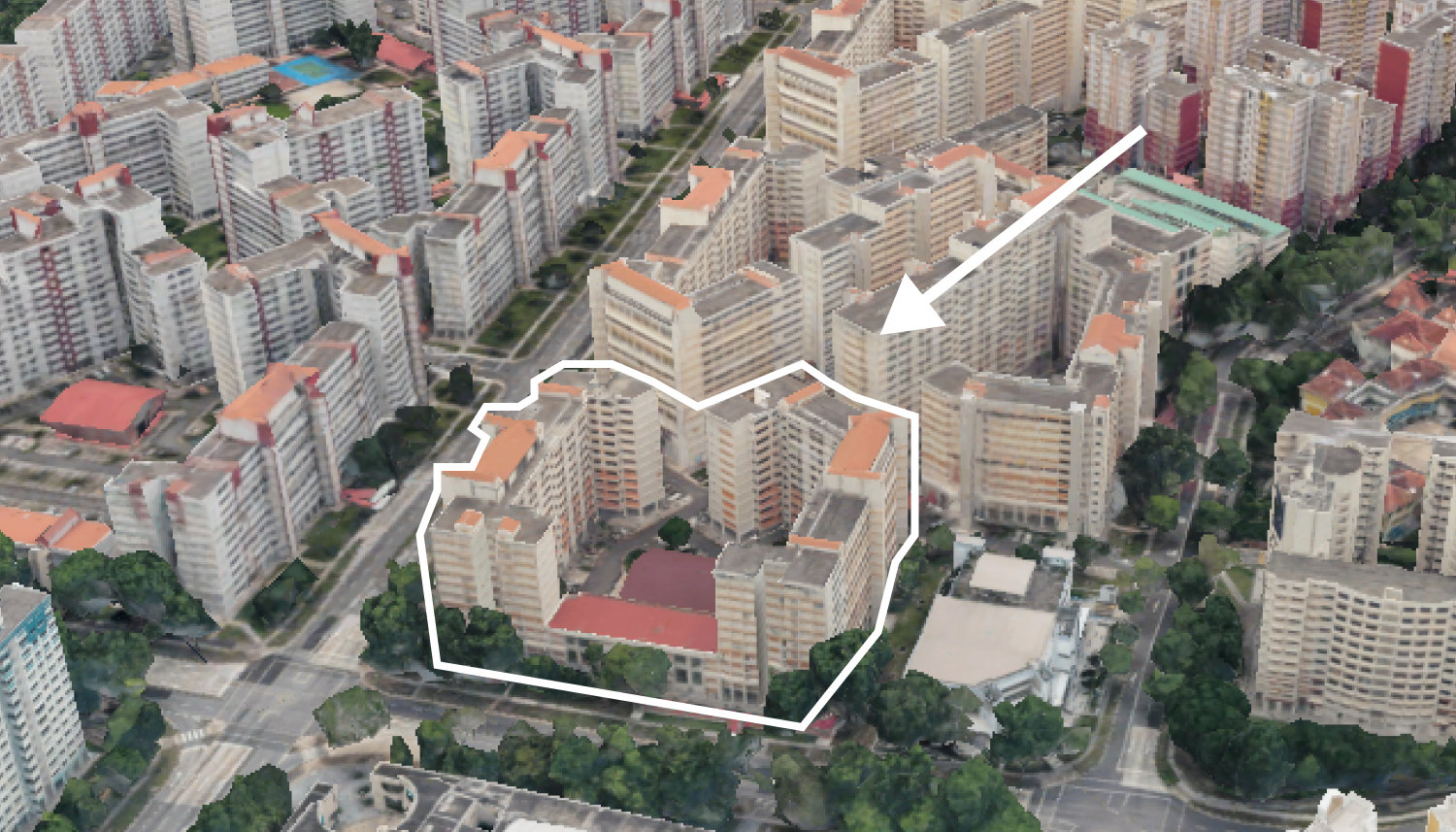
On The Market We Found the Cheapest Yet Biggest 4-Room HDBs You Can Buy From $480K
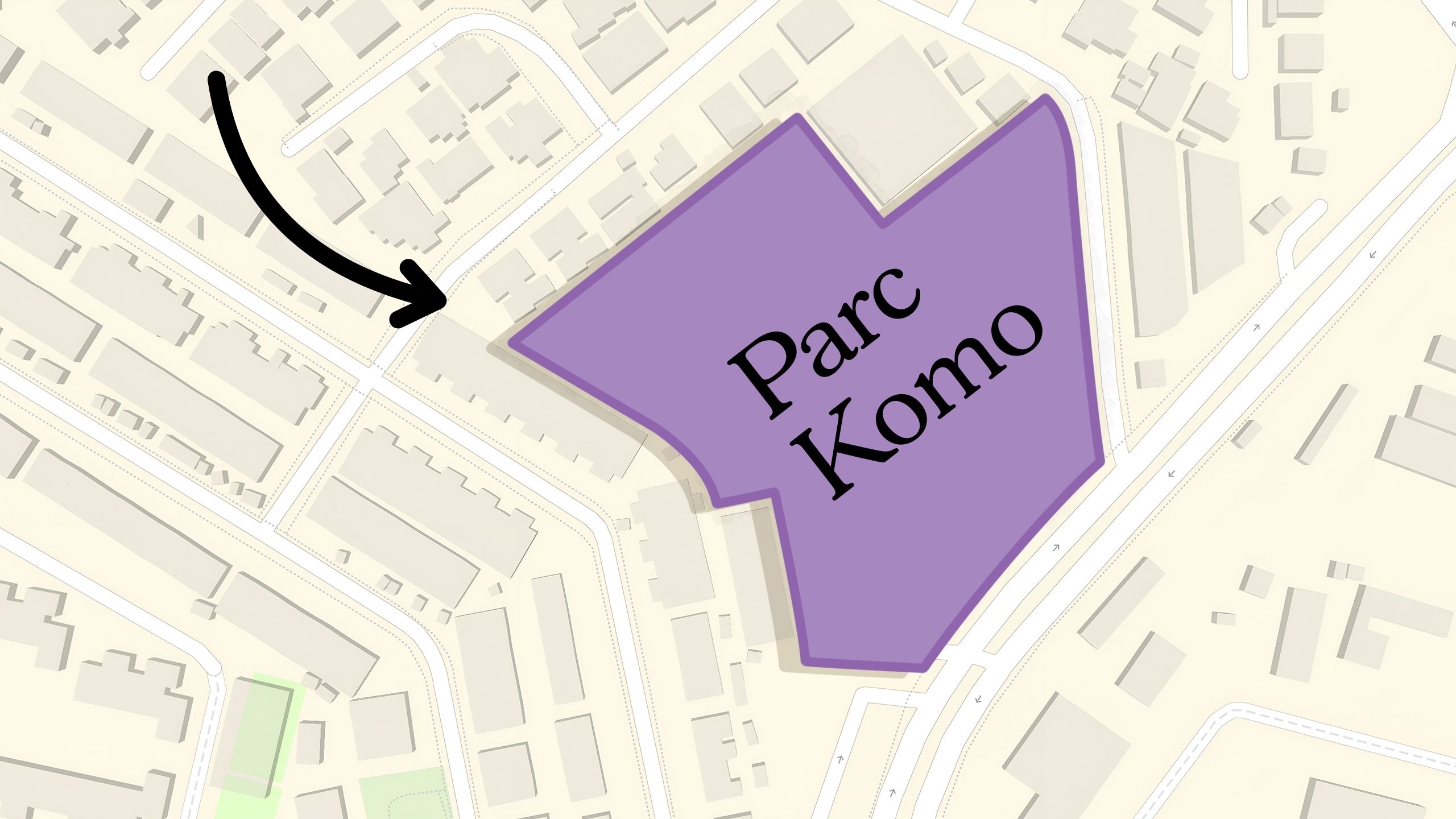
Pro Why This Freehold Mixed-Use Condo in the East Is Underperforming the Market
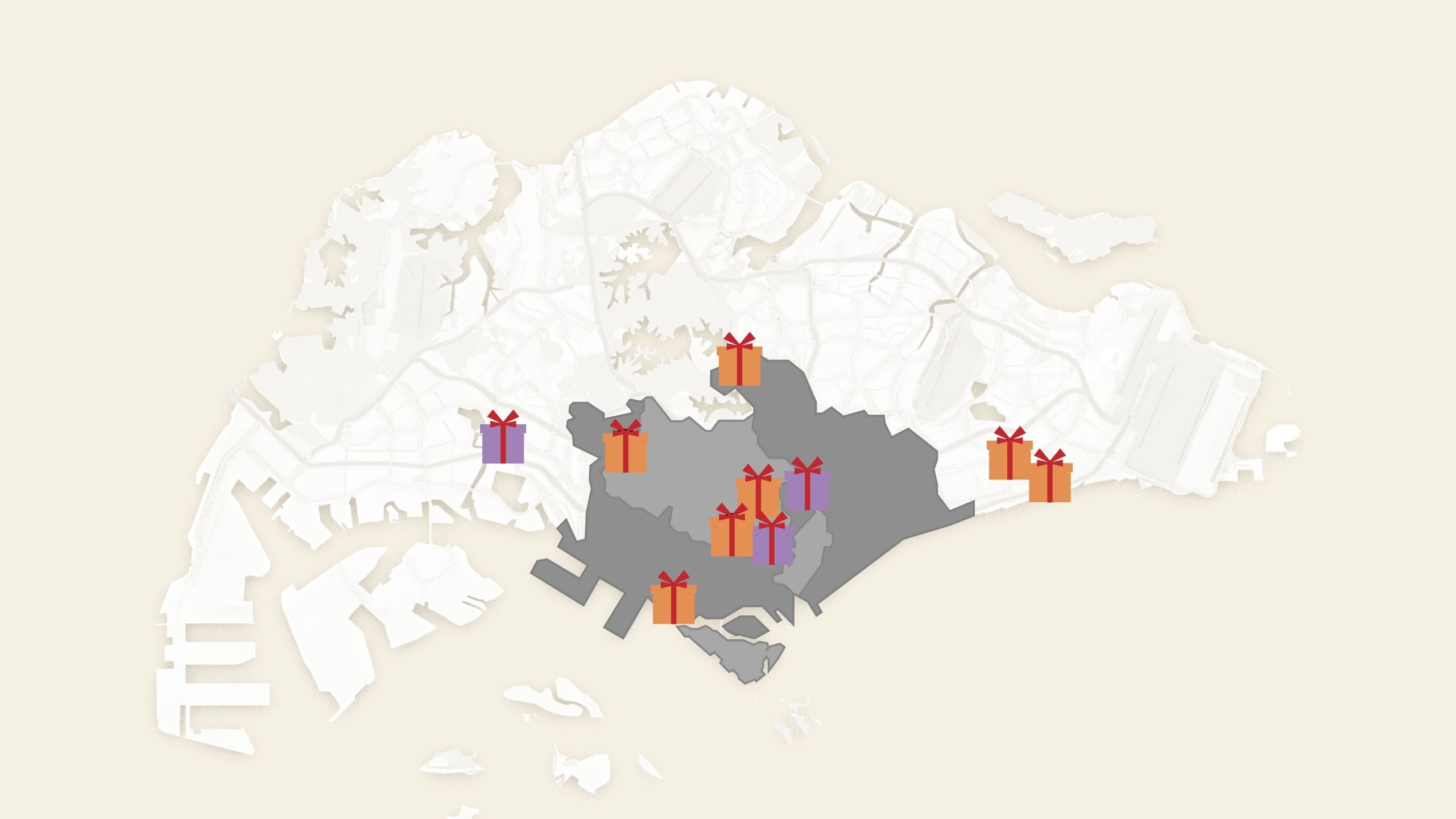
Singapore Property News 10 New Upcoming Housing Sites Set for 2026 That Homebuyers Should Keep an Eye On
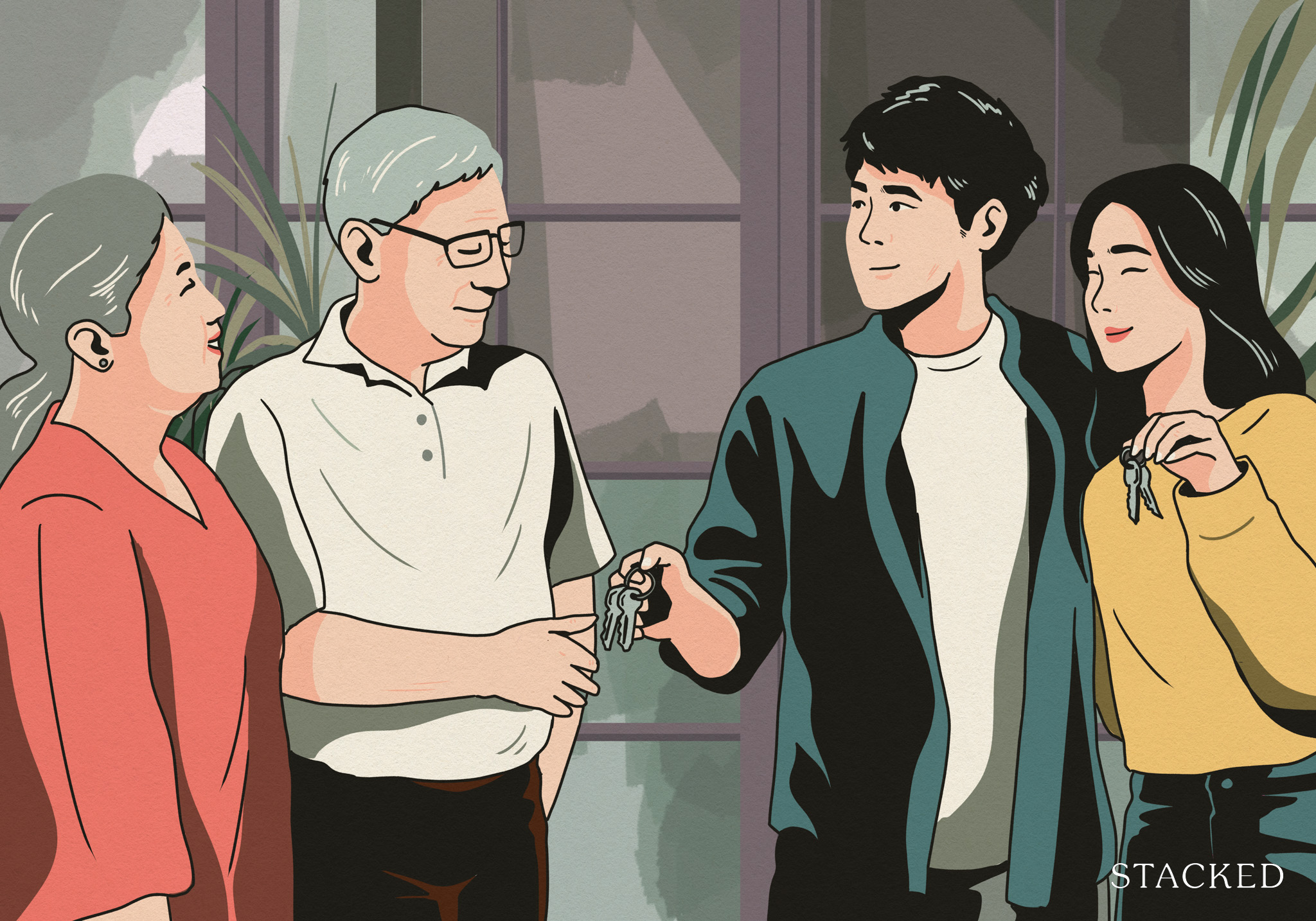
Homeowner Stories I Gave My Parents My Condo and Moved Into Their HDB — Here’s Why It Made Sense.

Singapore Property News Will Relaxing En-Bloc Rules Really Improve the Prospects of Older Condos in Singapore?

Pro Why This Large-Unit Condo in the Jervois Enclave Isn’t Keeping Up With the Market

Singapore Property News A Housing Issue That Slips Under the Radar in a Super-Aged Singapore: Here’s What Needs Attention

Landed Home Tours Inside One of Orchard’s Rarest Freehold Enclaves: Conserved Homes You Can Still Buy From $6.8M

Property Investment Insights These 5 Condos In Singapore Sold Out Fast in 2018 — But Which Ones Really Rewarded Buyers?

On The Market We Found The Cheapest 4-Bedroom Condos You Can Still Buy from $2.28M


